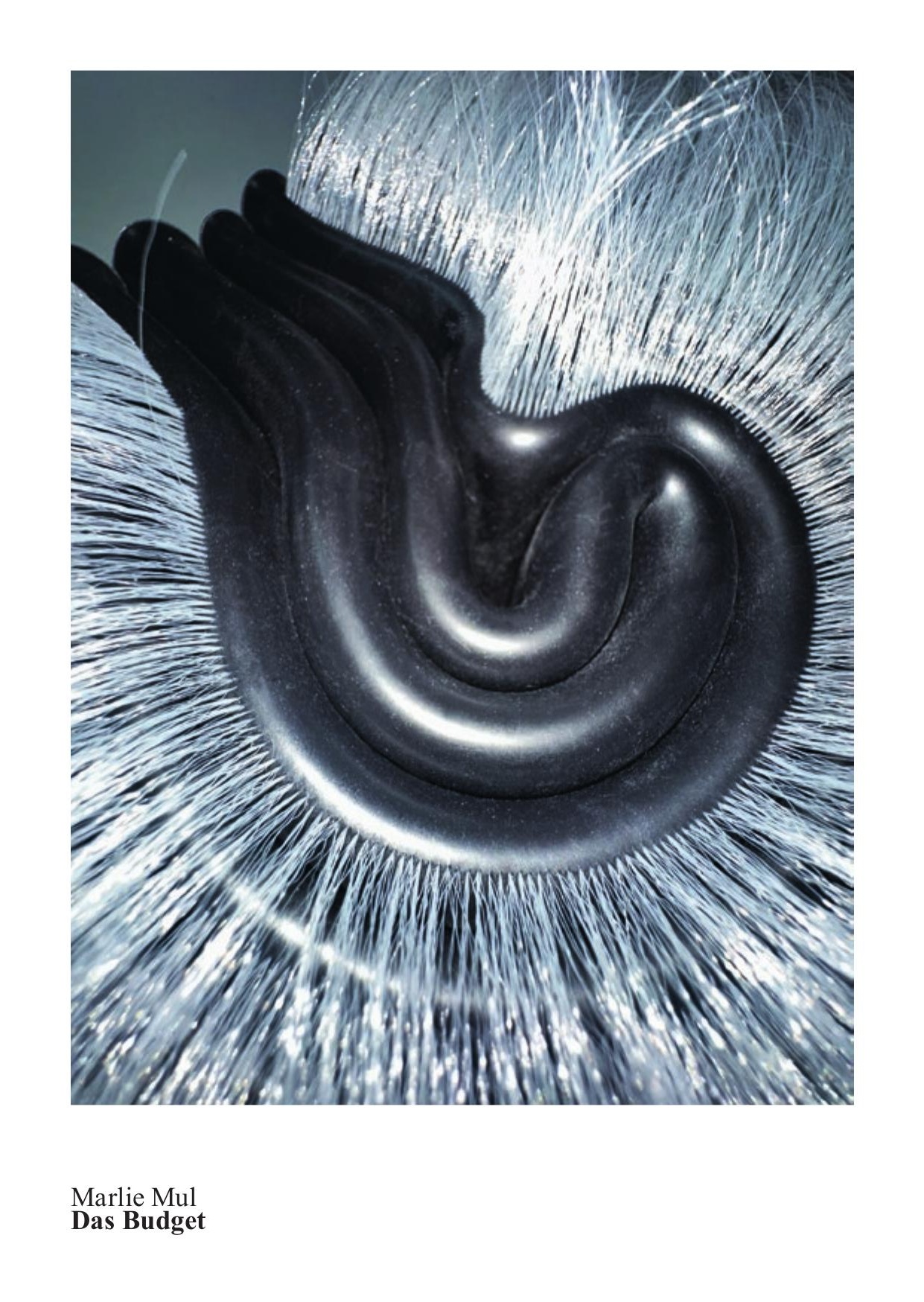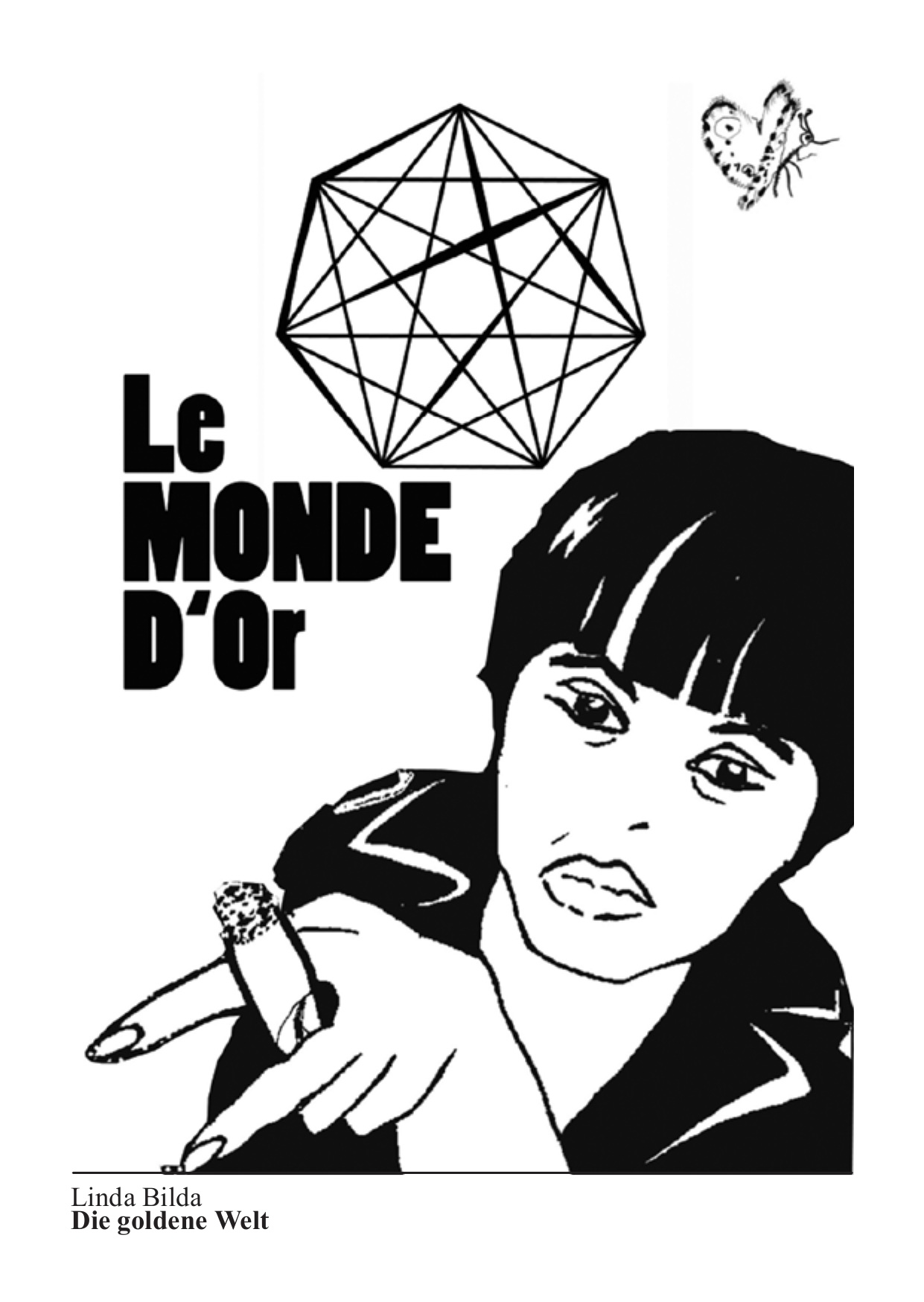26.2. – 25.6.2023
Collection: Jakob Wäch
In Jakob Wäch’s brief life, no extensive body of work was created and certainly no artistic signature was ever developed. Art historian Roman Kurzmeyer wrote about him: “Wäch lacks the traits of the precocious, brilliant painter: he is one of many artists whose untimely death put an early end to the development of a unique body of artistic work. To the end, he remained “a student of his own talent,” (1) as his brother-in-law and friend, Zurich author Rudolf Hösli (1888–1960), wrote in a long-out-of-print memorial leaflet. In Wäch’s final years, he created several captivating self-portraits on canvas. In each of these paintings—viewed individually and in relationship to one another—one can sense the development of the painterly process and an exploration of the application of paint. The hues forming the faces convey a mostly somber, dandy-like, and at times naive aura. Such a wide variety of self-portraits within such a limited body of painterly works provided additional reason to present a selection of other drawings from the extensive artistic holdings depicting young men from Wäch’s circle or other self-portraits. Several drawings are studies from military service. Evident here as well are the previously referenced stylistic inconsistencies in the execution of his compositions. His overall body of work has not yet been fully evaluated. (2) But what we do know is that Wäch, the eldest son of a Glarner family of butchers, was given the opportunity to become an artist.
Born 1893 in Glarus. Died 1918 in St. Gallen.
Curated by Melanie Ohnemus
(1) Kurzmeyer, Roman. Auf ein Bild hin. Jakob Wäch (1893-1918). Basel: Stroemfeld Verlag, 1997.
(2) Art historian Prof. em. Dr. Daniel Aebli however, conducted some detailed image descriptions and analytical approaches to Wäch's self-portraits in his extensive, as yet unpublished study Tizian, Marées, Wäch. Europäische Kunstgeschichte im Kanton Glarus, 2020.

















